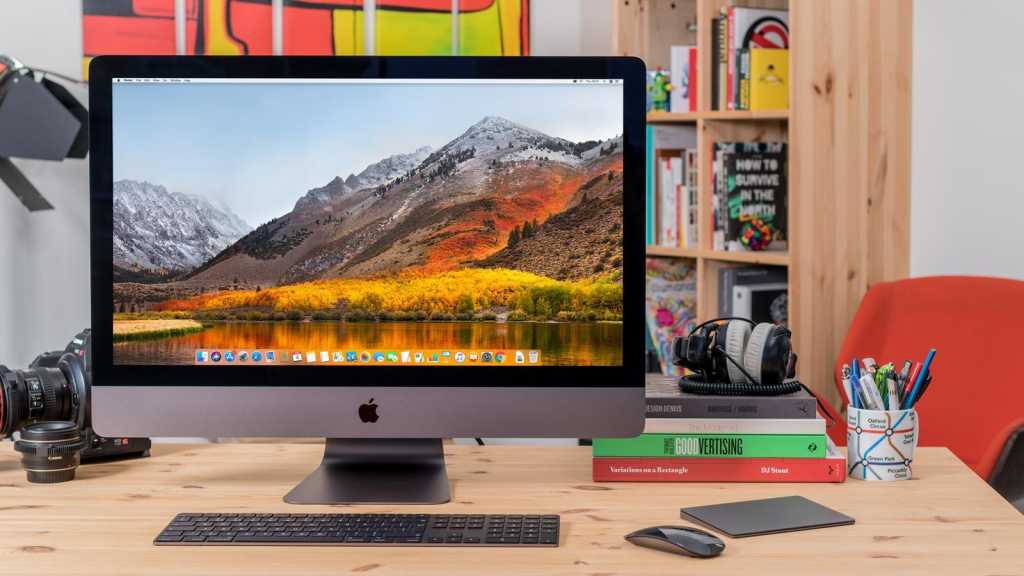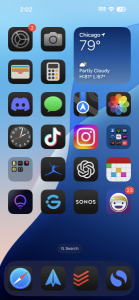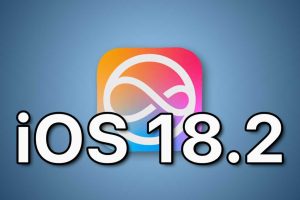
When Apple announced it was going to stop using Intel processors in Macs, the company said it would support those Intel-based Macs for a number of years. It’s been four years since Apple silicon was introduced, so as WWDC arrives each year with its unveiling of the new version of macOS, users wait to see if the Intel Mac they use will be on the compatibility list.
You can find the macOS Sequoia compatibility list on Apple’s website. But it lists Macs by the model year, not whether it has Intel or Apple silicon. To help you figure it out, here’s the list of Intel-based Macs compatible with macOS Sequoia listed by release year and Model Identifier.
| Mac model | Release year | Model Identifier |
|---|---|---|
| MacBook Air | 2020 | MacBookAir9,1 |
| MacBook Pro | 2018 2019 2020 | MacBookPro15,1 MacBookPro15,2 MacBookPro15,3 MacBookPro15,4 MacBookPro16,1 MacBookPro16,2 MacBookPro16,3 MacBookPro16,4 |
| Mac mini | 2018 | Macmini8,1 |
| iMac | 2019 2020 | iMac19,1 iMac19,2 iMac20,1 iMac20,2 |
| iMac Pro | 2017 | iMacPro1,1 |
| Mac Pro | 2019 | MacPro7,1 |
So, we have one model from 2017, the iMac Pro that started at $4,999 and was something of a stop-gap between the cylindrical Mac Pro and modular tower. Otherwise, it’s likely the last year of support for the 2018 Mac mini and 2019 iMac, leaving at most a handful of intel laptops able to support macOS 16.
To find out the Model Identifier of your Mac, go to Applications > Utilities and launch the System Information app. Then select Hardware at the very top of the left column, and look for Model Identifier in the main window. If you can’t find the Model Identifier, open About this Mac and you should see the year the Mac was released–use that info to check. Learn more about how to identify your Mac.
Will my Intel Mac run macOS Sequoia iPhone Mirroring?
iPhone Mirroring is a new feature in macOS Sequoia where your Mac and iPhone connect wirelessly and you can see your iPhone on the Mac display and use it. To use this feature on an Intel Mac, the Mac must have a T2 Security Chip. These are the Sequoia-compatible Intel Macs with T2:
- 2020 Intel MacBook Air
- 2018 or later Intel MacBook Pro
- 2018 Intel Mac mini
- 2020 27-inch Retina 5K Intel iMac
- 2017 Intel iMac Pro
- 2019 Intel Mac Pro
So nearly all of the Intel Macs support this feature, aside from the iMac from 2019.
Will my Intel Mac run Apple Intelligence?
No. Any feature that falls under Apple Intelligence (Image Playground, Siri, Writing Tools, and more) requires an M-series chip. Read our Apple Intelligence FAQ to learn more.
What other macOS Sequoia features won’t work?
While previous versions of macOS have included numerous features exclusive to Apple silicon Macs, Seqioua includes just one feature you won’t get on Intel Macs:
- Live audio transcription: in the Notes app on M-series Macs, you can make audio recordings and it will create a written transcript.
Learn more about the next Mac update coming this fall in our macOS Sequoia superguide.




